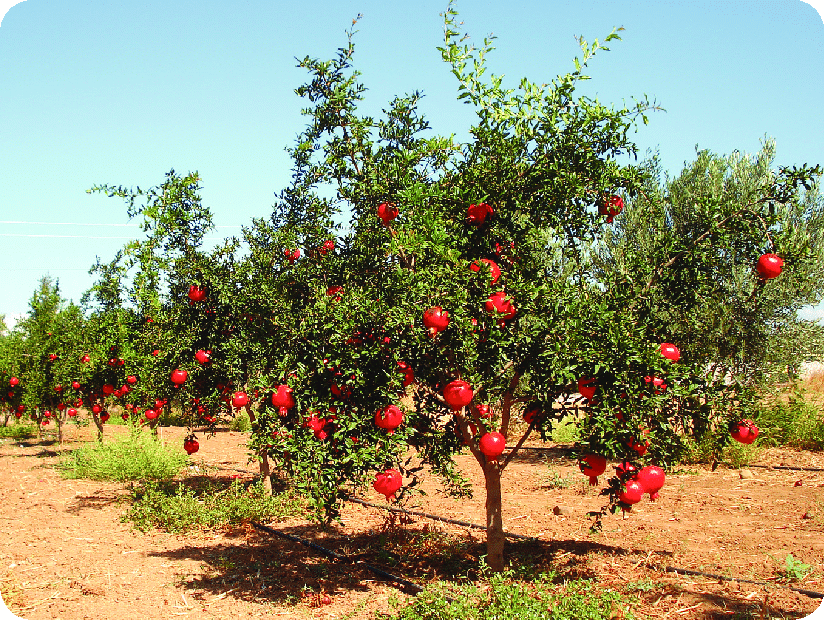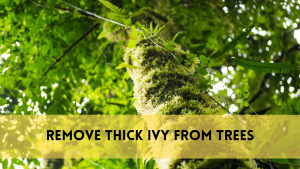Gardeners and landscapers frequently ask about the suitability of specific plants to their local climate. One commonly asked question is whether pomegranate plants can grow in Florida. This question is not only important, but also critical for Floridians wishing to add diversity to their orchards or beautify their landscape with these lovely trees. Pomegranate trees, noted for their sweet fruit and ornamental value, are an appealing option for Florida residents. In this extensive guide, we will look at how to cultivate pomegranate plants in Florida’s peculiar climate. We’ll look at the biology of pomegranate trees, climatic and soil needs, acceptable kinds, management methods, the benefits of cultivating pomegranate trees in Florida, and expert advice. By the end of this piece, you’ll have a clear grasp of whether pomegranate trees can survive in Florida.
Can pomegranate trees grow in Florida?
Pomegranate trees can be grown in Florida. While Florida’s environment is often warm and humid, which may be unsuitable for some fruit trees, several pomegranate kinds, such as the Wonderful and Florida King, thrive in the state. Pomegranate trees may grow in Florida with proper care, including plenty of sunlight, well-drained soil, and protection from cold weather. Furthermore, their drought endurance and flexibility make them appropriate for production in a variety of state locations, allowing growers to enjoy the flavorful fruit as well as the decorative appeal.
Understanding Pomegranate Trees
Pomegranate trees (Punica granatum) are deciduous shrubs or small trees native to the Mediterranean region that are now grown in many regions of the world, including Florida. These trees are known for their remarkable look, which includes glossy green leaves, colorful flowers, and, of course, their unusual fruit.

Pomegranate trees grow densely and bushily, reaching heights of 12 to 20 feet. Their leaves are small and oblong, alternately placed along the branches. Pomegranate trees are recognized for their long life, with some specimens living for more than 200 years. One of the most enticing elements of pomegranate trees is their beautiful blooms, which bloom from late spring to early summer. These flowers are usually brilliant red-orange and trumpet-shaped, bringing a pop of colour to any scene. After pollination, the blooms give way to the distinctive pomegranate fruit, which matures in the fall.
In addition to their aesthetic appeal, pomegranate trees are valued for their nutritious and tasty fruit, making them a popular choice for both home gardens and commercial orchards.
Related Posts:
Cultivation Tips for Florida
To achieve best development and fruit output, pomegranate trees in Florida must be cultivated with special considerations in mind. Here are some ideas adapted to the Florida climate:
Choose the Right Variety: Look for pomegranate cultivars that thrive in Florida’s climate, such as ‘Wonderful,’ ‘Ambrosia,’ or ‘Eversweet.’ These types are well-known for their tolerance to hot weather and high humidity.
Site Selection: Plant pomegranate trees in well-drained soil with plenty of sunlight. Check that the site provides protection from severe winds, especially during storms.
Watering: While pomegranate trees are drought-tolerant once planted, they require regular watering, particularly during dry months. Maintain regular moisture levels to encourage healthy growth and fruit development.
Pruning: Annually prune pomegranate trees to maintain shape, remove dead or broken branches, and promote fruiting. Avoid excessive pruning, which might restrict fruit output.
Fertilization: Use a balanced fertilizer in the spring and summer to supply necessary nutrients. Consider soil testing to establish precise nutrient requirements.
Gardeners in Florida can enjoy healthy pomegranate trees and an abundant harvest of tasty fruit by following these growing instructions specific to their climate.
FAQS
Can pomegranate trees tolerate Florida’s humidity?
Pomegranate trees are relatively hardy and can withstand high humidity levels, particularly when given proper maintenance and airflow.
What types are best suited to the Florida climate?
Recommended varieties include ‘Wonderful,’ ‘Ambrosia,’ and ‘Florida Home.’
How much sunlight does a pomegranate tree require in Florida?
Pomegranate trees flourish in full sun, requiring at least 6 to 8 hours of direct sunlight each day.
Are pomegranate plants prone to pests and diseases in Florida?
While they may suffer certain insect and disease issues, careful care and management can help to reduce these hazards.
When is the ideal season to plant pomegranate trees in Florida?
Planting pomegranate trees in Florida is best done in the fall or early spring, when they can establish their roots.
Conclusion
Finally, producing pomegranate trees in Florida provides a potential possibility for both gardeners and farmers. Despite the state’s warm and humid climate, pomegranate trees can flourish with proper varietal selection, soil quality, and protection from infrequent cold spells. The advantages of cultivating these trees in Florida are numerous, including the possibility of a plentiful crop of tasty and healthy fruit, as well as the decorative charm they add to landscapes. Pomegranate trees may thrive in Florida with the right cultivation techniques and care, increasing the value of both private gardens and commercial orchards. Their adaptability, combined with pomegranates’ growing appeal for their health benefits and culinary diversity, makes them an important addition to Florida’s agricultural environment. Growers in the Sunshine State can reap the benefits of successful pomegranate production by adhering to best practices and remaining current on local conditions.
How useful was this post?
Click on a star to rate it!
Average rating 0 / 5. Vote count: 0
No votes so far! Be the first to rate this post.




